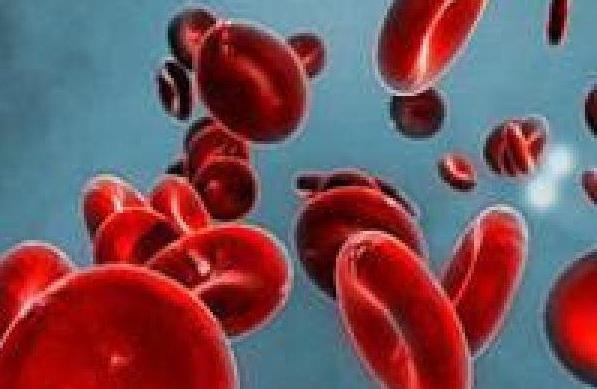
Infiltration and Extravasation are two IV complications that can be difficult to immediately detect and can lead to adverse patient outcomes. The IV Complication referred to as Extravasation is best defined as the accidental administration of a vesicant fluid or solution into the surrounding tissue area. Infiltration is defined as the accidental administration of a non-vesicant fluid or medication into the surrounding tissues.
In the cases of both complications, the amount of damage done will depend on the type of drug infused and the duration in which it remains in the tissue. Tissue damage can range in severity from mild instances to tissue necrosis requiring surgical intervention.
There are several different reasons why infiltration or extravasation may occur. These include:
• Selecting an Improper Site (insertion over an area of flexion for example)
• Damage to the internal lining of the vessel caused by traumatic insertions.
• Inadequate securement of the IV device (catheter tip penetrates the catheter wall or the catheter slips out of the vessel)
• Improper device utilization for a specific treatment
• Blood flow obstructions through or around the catheter
Patients with small sclerosed veins (diabetes or atherosclerosis) are at an increased risk of infiltration or extravasation. Additionally, children and the elderly and patients who are unable to communicate effectively with staff are at an increased risk. Without a doubt, prevention is the ideal strategy in regards to infiltration and extravasation. Prevention related strategies include:
• Understand that these complications do occur - educate patients and family on the signs and symptoms.
• Quickly respond to complaints of pain or discoloration at the insertion site.
• Monitor patients with IVs regularly - employ a standardized method for visually inspecting an insertion.
• Work to prevent the infusion site from extraneous movements.
• Avoid areas of flexion.
• Have a policy and process in place for handling different types of infiltrations or extravasations.
Despite our best efforts, infiltration and extravasation can still occur. As active health care providers it is our goal to be prepared for these situations by being knowledgeable of the most recent evidence based guidelines for handling these sorts of situations. Facilities should actively encourage learning opportunities for providers and hands on learning programs. However, professionals should never be limited by the amount of on-the-job training available. For interested nurses, there is a large amount of content available online that focus on intravenous insertions and complications. Of course, these nursing ceu programs are by no means substitutes for hands on learning, they are options for nurses seeking to learn more about the subjects.
Leave a Comment